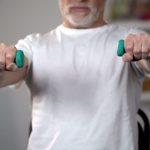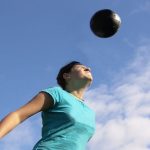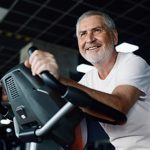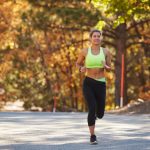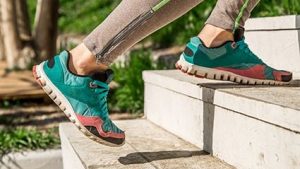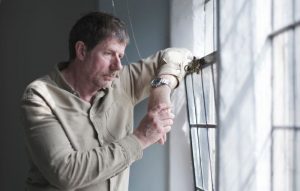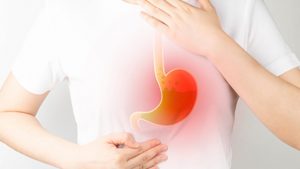
Gymnasts make it look easy, but mastering those floor exercises and balance beam moves can take a toll on the brain. Researchers studying preseason and regular season concussion rates in college sports found that women’s gymnastics led all others for its concussion rate in the preseason. The rate was 50% higher even than that for college football players. Unlike soccer and football, gymnastics hasn’t historically been considered a high concussion risk, said lead researcher Steven Broglio, director of the University of Michigan Concussion Center. “Everybody worries about football, ice hockey and men’s and women’s soccer, but gymnastics is out there by themselves with a preseason injury risk that we didn’t expect to see,” Broglio said in a university news release. “We now need to look at how to improve the health and safety of the athletes.” Researchers studied sport-related concussion rates for NCAA sports during the preseason practice period and regular season from the 2013-2014 year through the 2018-2019 year. In the preseason, roughly nine gymnasts for every 10,000 athlete participations experienced concussion, while about six football players per 10,000 athlete participations experienced concussion during the preseason. While the preseason sessions are practices only, the regular season includes practice and competition. The findings were presented June 2 at the American College of Sports Medicine annual meeting in Denver. Such research is considered preliminary until published… read on > read on >












